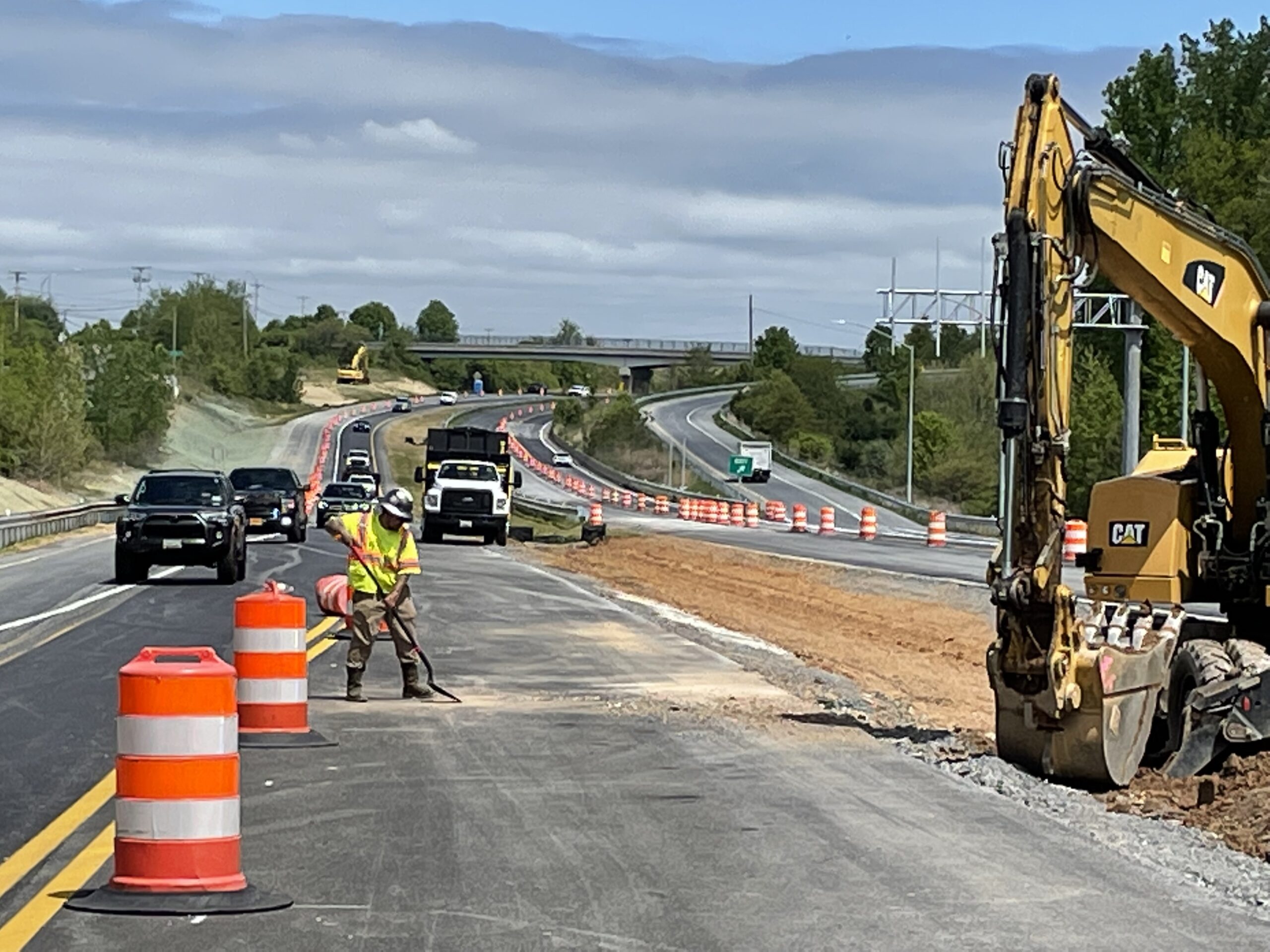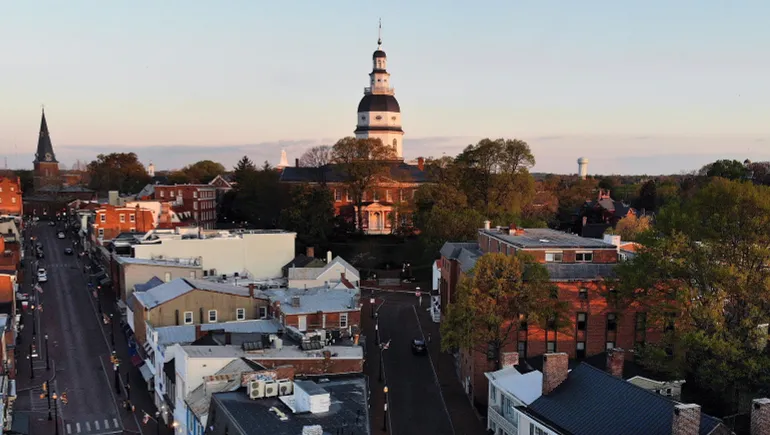Maryland Governor Wes Moore recently signed a bill into law doubling the maximum fine for speeding in road work areas from $40 to $80, effective from June 1. Additionally, starting in January 2025, drivers caught speeding in work zones will face fines ranging from $60 to $500, depending on how much they exceed the speed limit, with fines doubling if workers are present. Named the Maryland Road Worker Protection Act of 2024, the law aims to enhance safety for workers and cultivate a culture of safer driving among motorists.
The timing of the bill’s signing coincides with National Work Zone Awareness Week, which advocates for safer driving and the protection of construction workers. The tragic incident on I-695 in 2023, where six laborers lost their lives in a speeding-related collision, served as a poignant catalyst for this legislation.
The driver responsible for the crash, who was traveling at 121 mph, received an 18-month prison sentence. This incident underscored the hazardous conditions faced by workers in road work zones, with 956 fatalities recorded nationwide in such zones in 2021.

The significance of ensuring worker safety is highlighted by the frequency of accidents in Maryland’s work zones, with over 1,200 crashes recorded in 2023 and 250 in 2024 thus far, resulting in 14 fatalities.
Maryland’s transportation secretary, Paul J. Wiedefeld, emphasized the collective effort required to provide highway professionals with the necessary attention and protection. Despite efforts to raise awareness during National Work Zone Awareness Week, tragedy struck again as three workers were killed in a work zone accident on April 18 in Fairview Township, Pennsylvania.
The implementation of stricter fines and regulations reflects a proactive approach by Maryland authorities to mitigate the risks faced by workers in road work zones. By holding drivers accountable for reckless behavior, such as speeding, the state aims to foster a safer environment for both workers and motorists. The Maryland Road Worker Protection Act of 2024 signifies a commitment to prioritizing worker safety and underscores the ongoing efforts to address the dangers inherent in road work zones.
